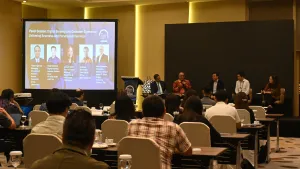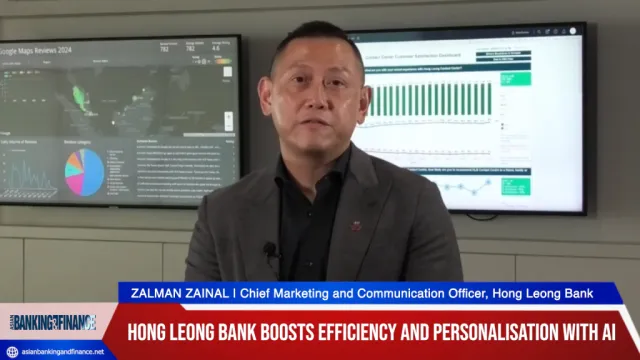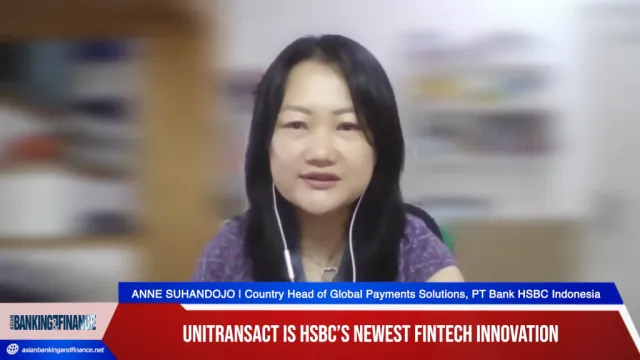5 factors affecting investments attracted by capital markets
By Ananda GudimetlaCapital Markets are primarily driven by the exchange of Capital (in the form of cash or security) by those in need of Capital and by those offering it. The investment attracted by any Capital Market is influenced by many factors.
Highlighted below are some of these.
1. Systemic Risks
These are largely dependent on the structure and processes of a Capital Market system and the country, which it is associated with. Due to economic fluctuations such as recession and the recent global economic crisis, the structure of the global Capital Markets has been strengthened by increasing the authority of regulatory authorities, setting up new authorities and on having Central Counter Parties (CCP) responsible for execution of Trade or Trade Guarantee.
CCP mitigates counter-party risk, which means it mitigates potential default of either of the parties involved in a transaction or trade. The Sub-Prime Crisis of 2008 has triggered new statutory provisions introduced by Dodd-Frank Wall Street Reform and Consumer Protection Act (also known as Dodd-Frank Act), specifying a mandate on record keeping and reporting of credit swaps.
2. Efficiency
Efficiency is the ability of the system to process Trades, irrespective of their volume, at the earliest and within the stipulated time without errors.
3. Reliable Systems
Reliable systems need to be available and operational all the time irrespective of risks from internal failures and external events.
4. Cost
Cost per Trade or Transaction (to clear both sides of a Trade) matters most for many investors.
5. Technology Influence
Today technology has a great impact on all these influencing factors mentioned above. Regulatory authorities and CCPs need accurate database and monitoring systems. Efficiency of the system can be at the best with the use of the right technology. When the right technology is provided with good back-up (redundancy), a system becomes more reliable. Cost is controlled by improving efficiency, which is again dependent on technology.
It is technology that saved us from the paper crisis in 1960s, when the settlement time was increased to 5 days to catch up with the paper work. With this, not only the need of paper was eliminated to a significant extent, but it also brought in more transparency and efficiency in to the system.
It is not an exaggeration to state that technology is one of the most supportive and influencing underlying factors for Capital Markets. Being a global Financial Technology company, we understand this best.
Presently, USA offers one of the most reliable and cost efficient systems in the world. Though it has faced a number of crises due to systemic risk events, US markets have successfully recovered in all instances and continue to attract the highest global investment and offers the lowest cost per Trade. This is because each crisis is followed by effective corrective measures such as the strengthening of regulatory authorities and system monitoring.
It is noteworthy that the Securities and Exchange Commission (SEC), which is a prime Regulating Authority for Capital Markets in USA, has authorized CCP for Mortgage Backed Securities (MBS) Trades that have hitherto been traded without CCP and thus, take several months for settlement. This step is expected to reduce risks and streamline the settlement of MBS Trades beginning from April 2012. This is a good initiative and helps to prevent crisis such as Sub-Prime. Let us hope that markets of the rest of the world would do their part to mitigate such major systemic risks!
Market Statistics
Here are some interesting statistics from research conducted by McKinsey Global Institute#.
The total value of the world’s financial stock, comprising Equity Market Capitalization and outstanding Bonds and Loans, has been valued at $212 trillion at the end of 2010, surpassing the previous 2007 peak. Similarly, cross-border Capital flows grew to $4.4 trillion in 2010 after declining for two years prior.
The 2011 volumes in the Americas stood at US $155 billion, up by nearly 60% over 2010. The outlook for the US Capital Markets in 2012 is one of decelerated annual growth in investments. However, it is probable that volume growth will continue. Barring the occurrence of financial system shocks, and accepting the potential for downside risks, total transaction volume for the Americas region should see an uplift of some 10-15% in 2012.










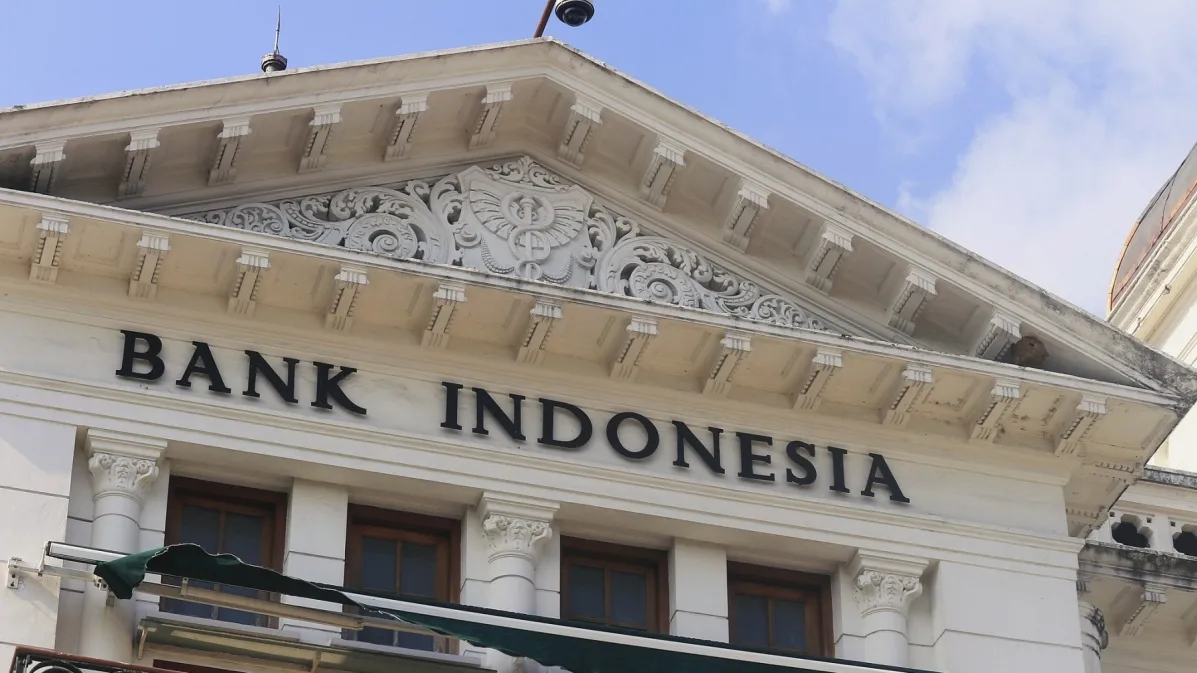
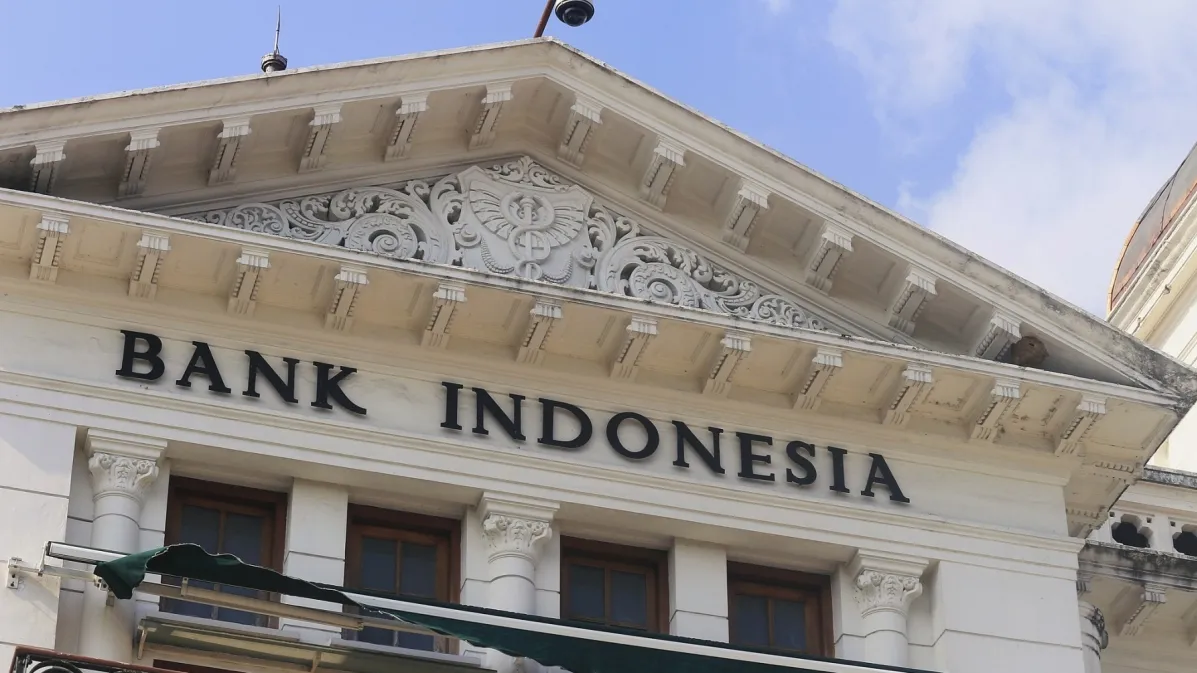


 Advertise
Advertise


